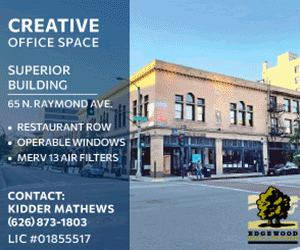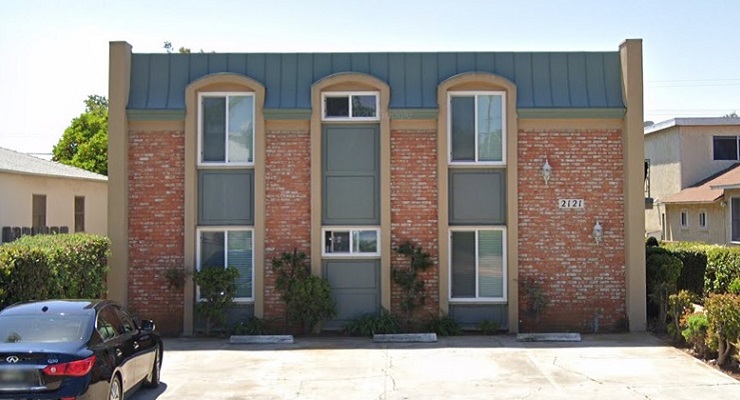
“Mixed-use” may become the order of the day for Pasadena’s commercial real estate scene. But it’s still too early to know for certain, some experts say. (After all, Pasadena just entered the Yellow Tier on Wednesday.)
The question remains: Did the pandemic permanently change the way businesses do business?
According to Forbes, nearly 40% of US business executives with decision-making authority or input on office space decisions expect a return to “the office” in the second quarter of 2021. Over 70% anticipate a return to the office before the end of this year.
But Forbes also noted that “After a record 12,200-plus store closing announcements from major chains in 2020 that translate to a record 159 million square feet of emptied retail space, average retail vacancy rate will rise to 5.7% this year, the highest since 2015, from 5% last year, according to commercial real estate data firm CoStar. U.S. average retail rents dropped 0.7% last year, the first decline in nine years.”
This could scale down to a lot of commercial real estate throughout Pasadena with the potential to be converted to housing, or a mix of housing and retail.
Pasadena commercial real estate experts have “mixed” feelings on the issue.
According to Bill Ukropina, managing director at Coldwell Banker Commercial, buildings with smaller spaces (between 300 and 1000 square feet) are holding their own. But a significant number of companies in mid-rise and high-rise buildings with full floors are not going to renew their lease with the same amount of space, he said.
“They will right-size between 30 and 50%, more or less,” he said. “Especially companies that have lots of employees who process invoices and billings, and work on the phone all day.”
Those companies will do the “administrative split,” said Ukropina. Many of the processors and back-office administrative employees will be staying home.
“Some of the executives,” said Urkopina, “will be coming to the office, but I think many of the companies will keep their administrative staff home, which will save huge amounts of rent dollars, save parking costs, save the employees a significant amount of money with not putting mileage and gas and maintenance on their cars.”
And now back to our original point about converting all that empty commercial real estate space into housing, which has been at a premium in Pasadena for years.
According to Pasadena land use attorney Richard McDonald, converting empty office suites to condos and apartments or even first floor retail, is not the easy solution it may seem.
“Repurposing often is either not feasible from a structural point of view or a building code, fire code, mechanical code or plumbing code point of view,” said McDonald, “Given the cost of construction right now, just too expensive.”
McDonald asserted that the City of Pasadena needs to change its pure commercial zones to mixed-use.
“The idea of a pure commercial zone doesn’t make any sense,” he pointed out. “Candidly, pure zones don’t make any sense to me for Pasadena anyway. I’m a big believer in form-based zoning, where you sort of just do it project by project, and then make everything fit within context.”
For Colleen Carey, founding principal at Lee & Associates, the answers are not quite cut and dried yet.
As Carey told Pasadena Now Wednesday, “I think if you talk about whether it’s marketing or financial services or any of those companies are making their own decisions, it seems to be fairly far-flung and there’s a variety of decisions that are being made.”
Many will do a hybrid model, said Carey, with some employees continuing to work from home and others going into the office.
Carey continued, “I have talked to a fair number of people who have downsized in anticipation of that, because they won’t need the space that they needed before. So there’s clearly that going on. There are others who, for various reasons, are maintaining a full-size office. We’ve just moved our office and we kept the same square footage.”
Carey recently placed a health care firm into a local commercial space.
“They took a footprint two and a half times the size they had before and all of their employees will continue working in the office,” she said.
And then there is the other side.
“I’ve also talked to some law firms who have said that they realize they don’t need to be in the office, and they are getting rid of their office space,” said Carey. “And they’re all working from home. It really is very specific to your business, I think, as to the decisions that are being made on the need for office space.”






